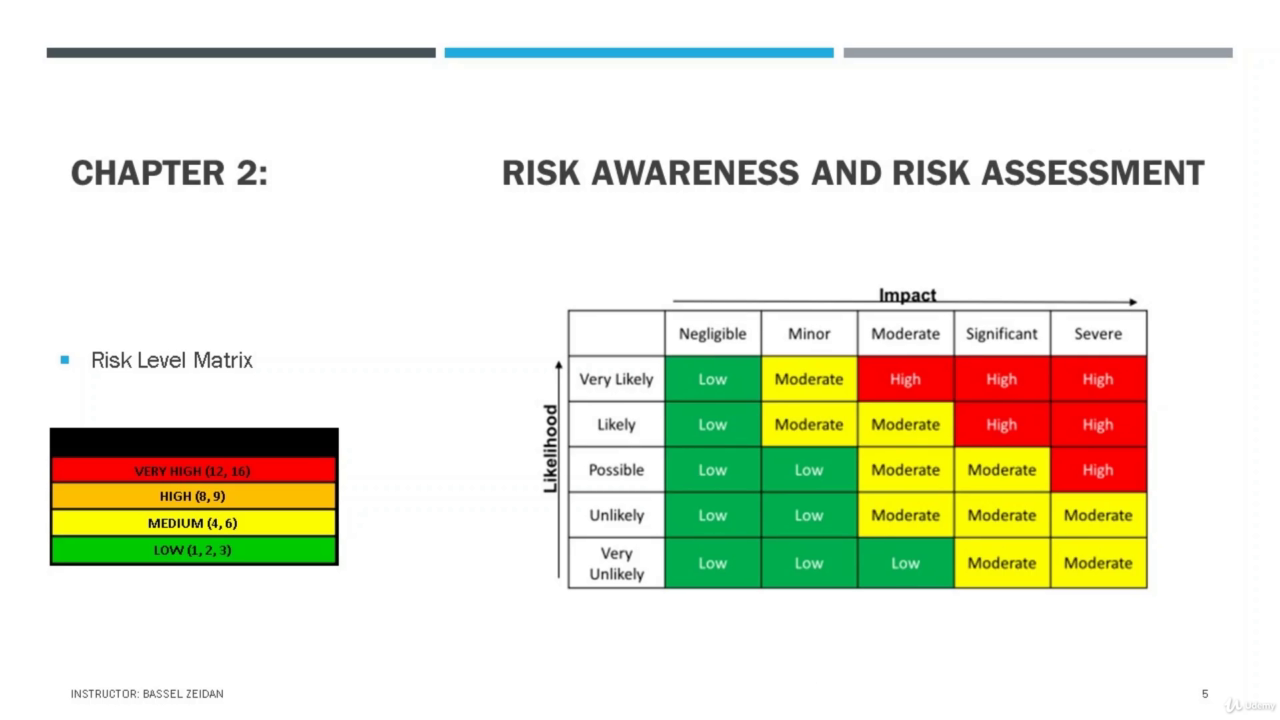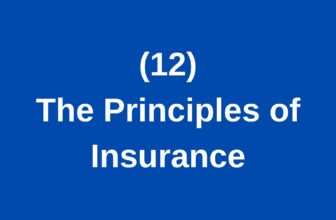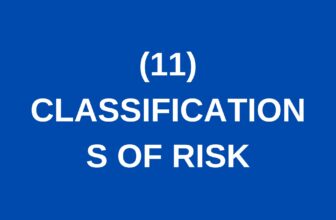3. Understanding Risk Awareness and Risk Assessment (FREE COURSE)
Introduction
Welcome to Chapter Two of our course on Risk Awareness and Risk Assessment. In this chapter, we delve into two critical skills essential for effectively managing risks: awareness and assessment. The more you are aware of potential risks, the better you can assess them, and subsequently, take appropriate actions to mitigate them.
What is Risk Awareness?
Definition of Awareness
Awareness means understanding, perceiving, and having knowledge about something. In the context of risk management, risk awareness refers to the knowledge and understanding of potential risks. This involves being familiar with the risks, understanding their nature, and perceiving their possible impacts.
Becoming Aware of Risks
To become aware of a risk, whether as an individual or a business entity, you need information or data, and sometimes previous experiences. For instance, if there’s a risk you’re trying to understand, you would gather relevant inputs such as historical data or past experiences related to that risk. This information helps you become aware of the potential risk and its possible consequences.
What is Risk Assessment?
Definition of Assessment
Assessment involves evaluation and scaling. In risk management, risk assessment means evaluating the potential risks and rating them on a scale, such as from one to five or one to ten. This evaluation helps in understanding the severity and likelihood of the risk, which is crucial for making informed decisions.
The Role of Information in Risk Assessment
Once you have the necessary information or past experiences about a risk, you can assess it. For example, if you know the potential consequences of losing your cell phone, you can evaluate how significant this risk is for you. The assessment will be based on the data and the information you have, allowing you to rate the risk accurately.
Examples of Risk Awareness and Assessment
Example 1: Losing Your Cell Phone
Consider the risk of losing your cell phone. If you are aware of this risk, you know that losing your phone means incurring the cost of a new one. For some, this cost might be negligible, while for others, it could be significant. Additionally, the data stored on the phone might be invaluable, making the risk even higher. This awareness helps you assess the risk and decide, for instance, to always check if your phone is in your pocket before leaving a place.
Example 2: Getting Wet Without an Umbrella
Imagine you are aware of the risk of getting wet on a rainy day because you forgot your umbrella. This awareness comes from understanding the consequence—getting wet and possibly getting sick. Based on this, you can assess the risk and decide whether to carry an umbrella. Different individuals might rate this risk differently; one might always carry an umbrella, while another might not consider it a significant risk.
Example 3: Missing a Bus Ride
Let’s take the risk of missing a bus ride. For one person, missing the bus might mean just a slight delay, which is a low risk. For another, it could mean missing a crucial job interview, making it a high risk. Awareness of the consequences helps both individuals assess the risk differently and make decisions accordingly—one might leave home earlier to catch the bus, while the other might not consider it necessary.
Risk Leveling and the Riskometer

Introduction to Risk Leveling
Risk leveling, or rating, involves categorizing risks from no risk to low risk to medium risk to high risk. The tool used for this purpose is called a riskometer. Understanding and being aware of risks allows you to gather data, which helps in assessing and leveling the risks accurately.
Components of Risk Leveling
Risk leveling requires two components: impact and likelihood. Impact refers to the consequences if the risk occurs, and likelihood refers to how probable the risk is. The risk level matrix helps in determining the risk level by combining these two components. For example, if the likelihood of losing your cell phone is possible and the impact is significant, the risk level might be moderate. Based on this assessment, you can make informed decisions to mitigate the risk.
Conclusion
In conclusion, understanding risk awareness and risk assessment is crucial for managing potential risks effectively. Awareness involves understanding and perceiving the risk, while assessment involves evaluating and rating the risk based on available data. By applying these principles, you can make informed decisions to mitigate risks in various scenarios. If you have any questions, feel free to contact us. Thank you for participating in this class.





